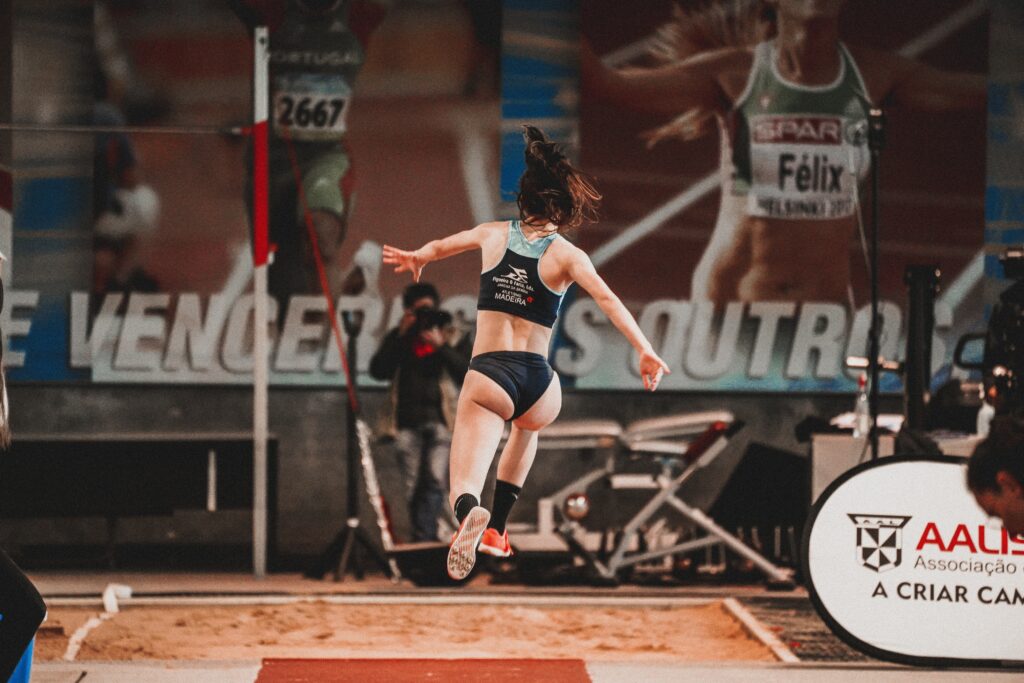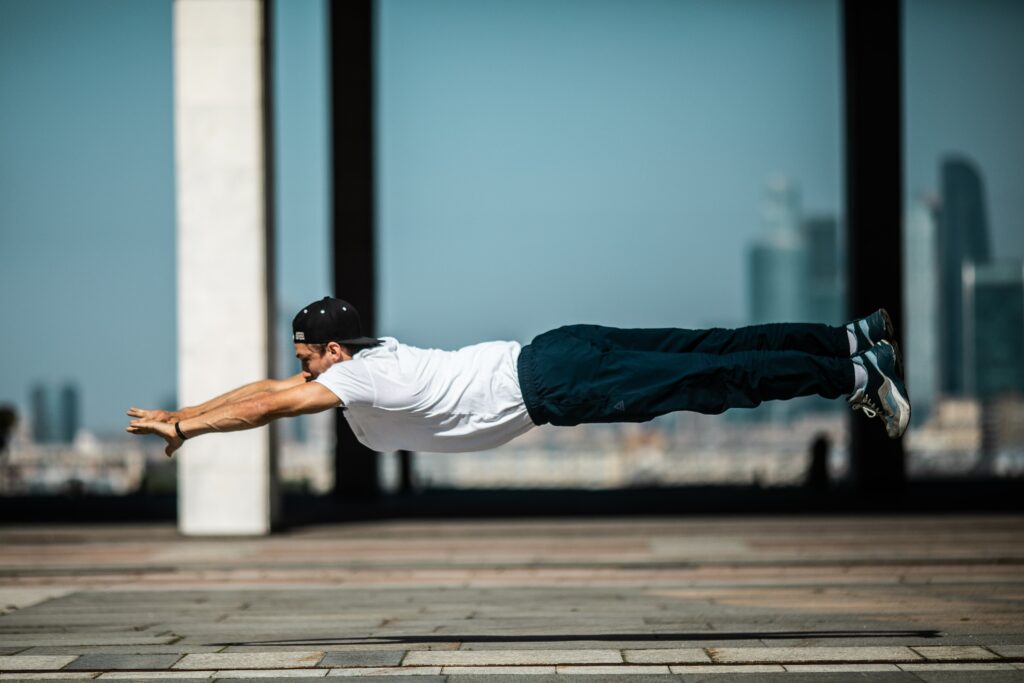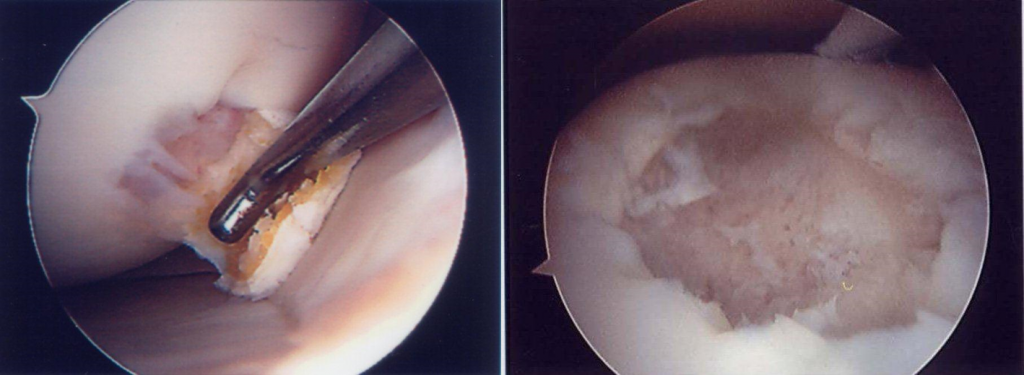Now that I’ve got your attention ;-), hello all and welcome to post 21 of the Strength & Conditioning for Therapists series.
Seriously, the title is related to the post . Today I thought that we’d look at something a bit different – the effects of loading on non-contractile tissue. We often think about fatigue, adaptation, stress etc from a contractile tissue perspective when we’re discussing things in a Strength and Conditioning context. But it’s really important to consider how exercise stress can influence the properties of the tendons and ligaments and how that might inform dynamic joint stability and propensity for injury risk. So, here goes.
Dynamic Joint Stability
What makes a joint stable, or indeed unstable? A very basic model for joint stability describes the complex interaction of the (broadly speaking) passive and active joint structures. The passive elements being the osseous geometry, tendons, ligaments menisci etc. (and yes, we know they’re not totally passive); the active component being the surrounding joint musculature. See below for illustration for the knee joint.

When we’re stood still, much of the stability of the joint comes from the passive structures, however, when we start to move, twist and turn, jump, land, accelerate and decelerate, the contribution from the active structures – the musculature – must increase to harness dynamic joint forces and maintain joint integrity as we do weird and wonderful things with our body.
We can measure and make inferences about how ‘well’ the musculature is performing by assessing things such as its strength, rate of force development, muscle switch on times etc.
Fatigue
As we increase the exercise stress, there’s a risk of fatiguing the contractile structures. Whilst it’s very difficult (if not impossible) to measure muscle function before and during injury, the fatigue-related degradation of muscle performance over time, especially in team sports, is posited as a potential risk factor for injury. The strength, speed and control of muscle responses in ‘high-risk’ dynamic situations following fatigue is compromised, and therefore it’s reasonable to assume that dynamic joint stability could be also.
But is this the full picture? What about the ‘passive’ side of the model?
Exercise & Non-Contractile Tissues
As we know, exercise also loads the non-contractile tissue such as tendons and ligaments (both application and acceptance of load). It was back in the early 1990s that the great Moshe Solomonow started to make the sports community more aware of the effects of loading on non-contractile tissue properties, and consequently on knee joint stability and dysfunction. I have no idea how many time I cited him and his research group in my PhD thesis, but it’s a lot!
So, what happens when we load viscoelastic tissue (i.e. the ligaments, tendons fascia etc)? A great way of experimentally doing this is to put a joint, or joints (and thus surrounding tissue) in to a loaded position; to try and isolate the the ACL, this could be an instrumented version of the Lachman test (application of an anteriorally-directed force to the posterior tibia whilst the knee is flexed to 90 degrees), for the lumbar spine, this might be a period of prolonged flexion.
Creep
Prolonged and passive loading here results in creep. In case you’re not familiar, creep is the deformation of a structure that happens following prolonged loading. In this instance the non-contractile, viscoelastic tissue increases in length. See below.

There a several studies that have attempted to non-invasively load the ACL and investigate the musculoskeletal and neuromuscular consequences. An example is a study by Solomonow’s group in 2003 (ref below). They attempted to induce creep in the ACL by applying a consistent, anteriorly-directed and relatively low load (approx 20kg) to the proximal tibia (that was perpendicular to the shank). Participants sat relaxed with knee flexed at either 90 or 35 degrees flexion for the 10 minutes of loading. The result was around a 3mm increase in ACL laxity (measured by the amount of tibial translation). They also found some other interesting things…
Electromyographic (EMG) spasms from the knee flexors and extensors were recorded in a third of the participants during the 10 min static (and passive) loading. Following the loading and during knee extension tests, quadriceps EMG increased significantly after ACL creep while hamstrings co-activation did not change. There was also a trend towards increased knee extension force. These, along with other neuromuscular effects really highlighted that changes in viscoelastic tissue properties can induce changes in neuromuscular function, something they termed neuromuscular dysfunction.
If we just consider these things from an ACL injury risk model for a moment, we now have a more lax knee joint and greater muscle activation and force during knee extension, that is unopposed by hamstrings co-activation. … not great for the ACL.
Cyclical Loading
So, it might be big leap of faith to interpret the findings of a fairly static and passive model in the context of dynamic sports performance situations, although there is merit in the assessment of low back pain in factory and conveyor-belt workers! But I digress…
This led to the development of cyclical loading – something more akin to running. What happens if a constant load is cyclically applied to the tissues? Solomonow’s group used the same experimental set-up except this time applied the load (approx 20% of body mass) and removed it every 10 seconds (0.1Hz) – so not quite like running, but at least it’s cyclical.
The cyclical loading resulted in creep, but also significant changes to neuromuscular function. Again EMG spasms were noted in just over half of participants; this was associated with an approximate 10% reduction in quadriceps peak force and a decrease in EMG. Interestingly these changes seemed to be greater in females compared to males.
Clinical Relevance…?
Clearly this isn’t the full picture. During dynamic activities there are all sorts of loading and shielding mechanisms at play. But these initial studies did prompt us to think a little more about injury risk models. I certainly started to think differently, especially when we layer on the effects of fatigue. Also, and something that we’ve not covered here is recovery of creep and associated neuromuscular dysfunction. Associated studies have shown that recovery from more prolonged loading can take up to 12 hours, so we might have to think about the cumulative and carry-over effects in out modelling.
Summary
We encounter all sorts of stresses and strains in life, exercise and high-performance and it’s relatively easy to objectively measure the impact on muscle strength and function. It’s less easy to measure tissue deformation, and in the absence of immediate data, we can be forgiven for overlooking the importance that this may have on driving some of the measurable outcomes, and, or, trying to predict injury risk.
How to use this information? For any given rehabilitation or performance scenario I always try to consider – alongside the contractile performance – the stresses and strains on the viscoelastic tissue, whether that be thinking about the effects of repeated shearing forces of prolonged running, through to the temperature-mediated effects through exercise on tissue elasticity. Cleary every situation will be different, but having some awareness and, or estimation here can help in the subsequent decision-making process regarding rehabilitation, conditioning needs or return to play.
IT’S HERE! Download your Free 14-page guide: Strength & Conditioning for Therapists
References
- Chu et al (2003). Neuromuscular disorders in response to anterior cruciate ligament creep. Clinical Biomechanics 18 (2003) 222–230 [pubmed link]
- Sbriccoli et al; (2005). Neuromuscular response to cyclic loading of the anterior cruciate ligament. Am J Sports Med. 33(4):543-51[pubmed link]


